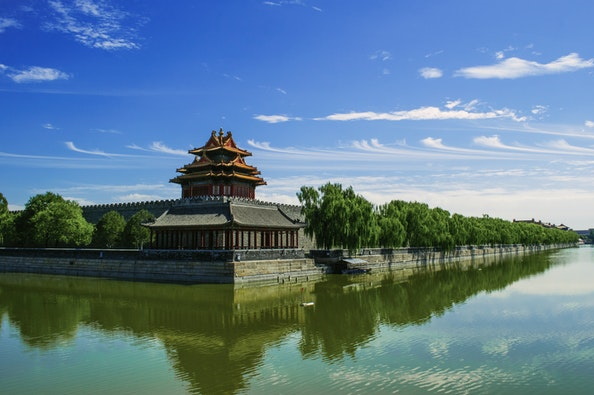
What are sponge cities?
Sponge cities are a very innovative design devised by Yu Kongjian. These cities are designed to take advantage of flood water and use it during times of drought. This is such an interesting model with potential to be applied when improving the efficiency and sustainability of cities.
How do sponge cities work?
For cities to “function like sponges” during floods, they must be designed with materials and systems that allow them to absorb and use water efficiently.
An example to understand it better? If we use permeable materials for the roads instead of asphalt, the soil could filter all the excess water and remove it from the surface to reduce the problems derived from flooding. If we also had a conservation system or flexible channeling in the subsoil, that same water could be treated and even used in drier times!
Other ideas could be the retention of water in parks, ponds, roofs and facades of buildings, gardens… cities are full of corners whose potential has not yet been explored in this regard.
Has this model already been implemented in any city?
There is still no city in the world in which the “sponge” model is applied structurally – since it would be necessary to build a city from scratch, but it is true that it has already begun to be implemented for numerous applications even in 30 Chinese cities. These same Chinese designs have been exported to cities in around 10 different countries such as Slough or Mexico City.
China is a clearly pioneering country regarding this model, not only because it is the country of origin of the designer architect, but also because Chinese civilization and its traditional construction model have always been closely linked to nature.
In fact, if we think of a traditional Chinese house, many natural elements probably come to mind such as lakes with fish, bonsai trees, indoor and humid gardens, windmills, etc.
The architect himself has once hinted that this model is inspired by the “wisdom of the Chinese agricultural civilization”, and that he has wanted to recover all that style of construction that, in his opinion, was lost due to “Westernization”. of the eastern cities.
In general, much of the traditional architecture around the world is considered to be much more environmentally friendly than modern architecture, so it makes sense to consider looking to the past when establishing new routes for the application of bioclimatics.
Do you know what bioclimatic architecture consists of? Read our entry on the basic principles of this concept and its impact on the future of construction
In search of sustainability
If we want sustainable cities we have to find a way to build them to be so. And the same thing happens with any other project, even if it is on a smaller scale: if we want it to be sustainable and efficient, we have to design it so that it is from the beginning.
This is how we work at Keyplan! Oriented towards optimization and efficiency from the beginning, hand in hand with our clients, and establishing roadmaps according to the resources we have and the results we intend to achieve with them.





